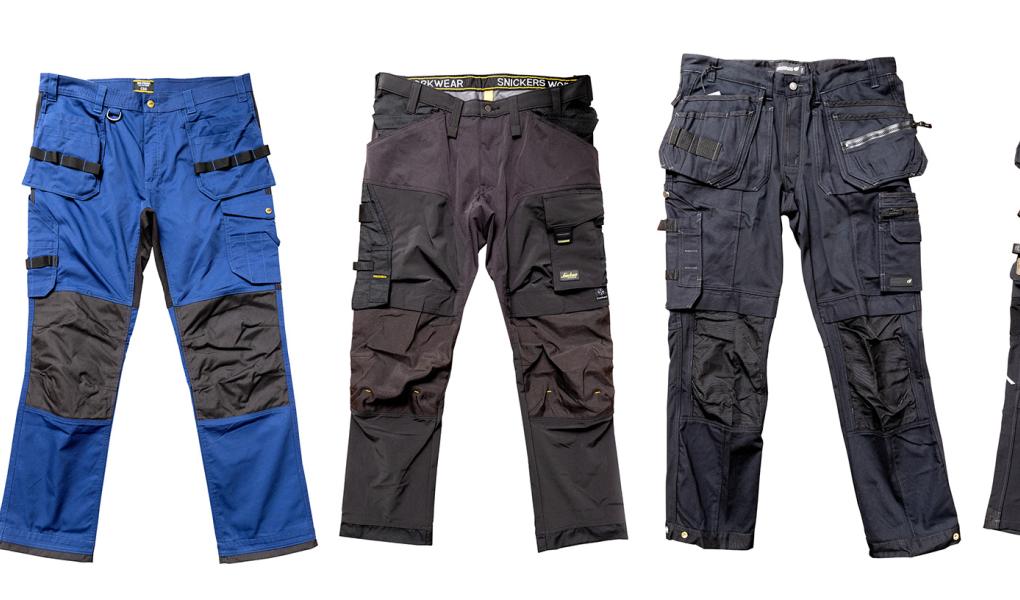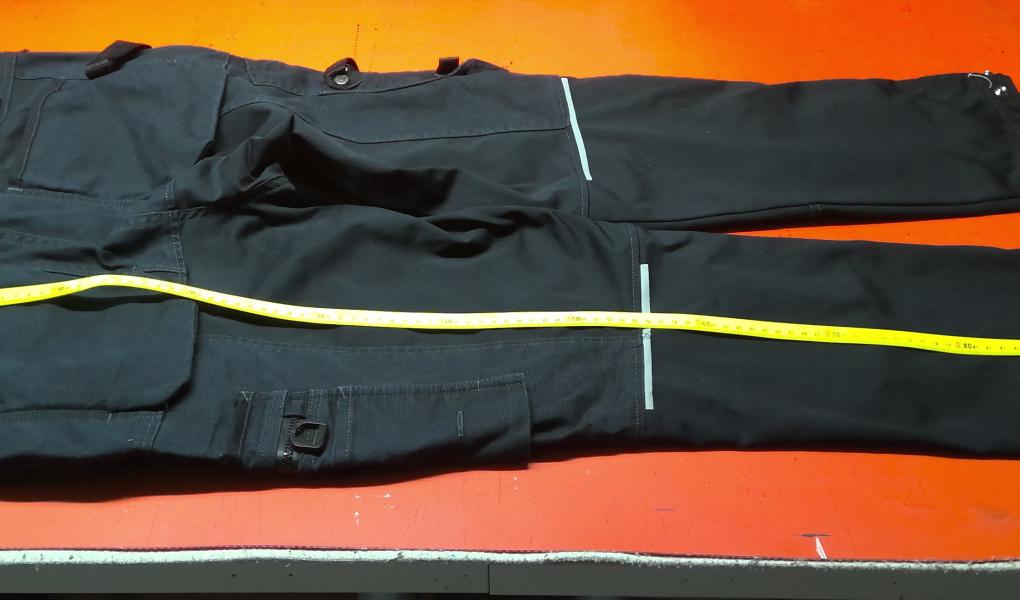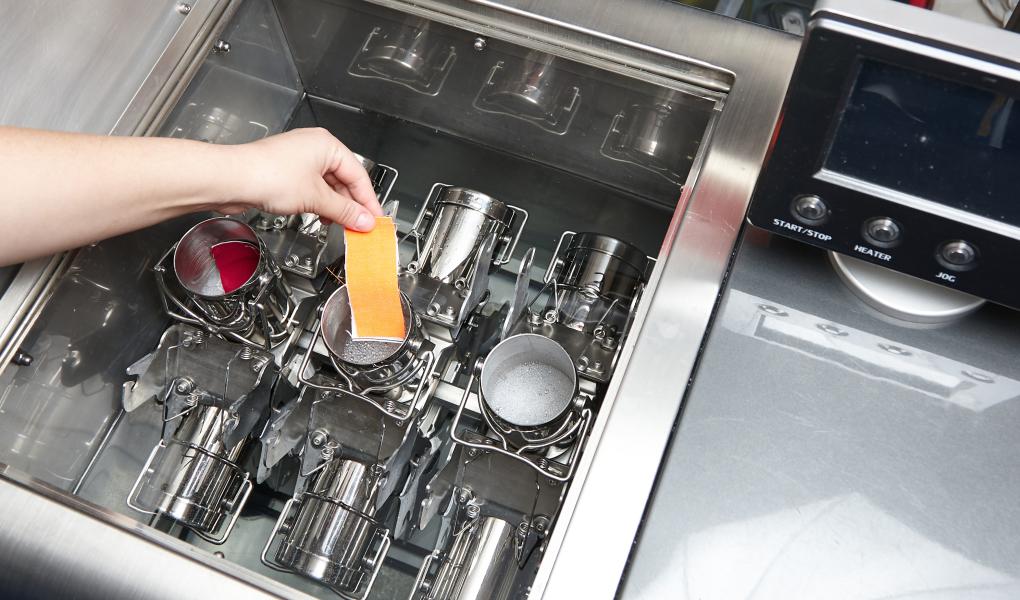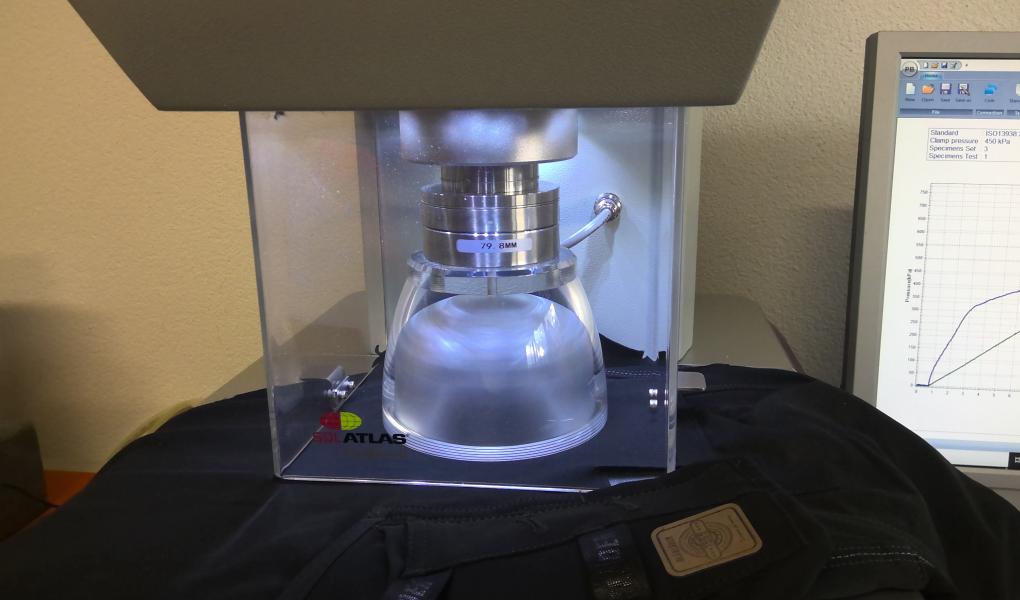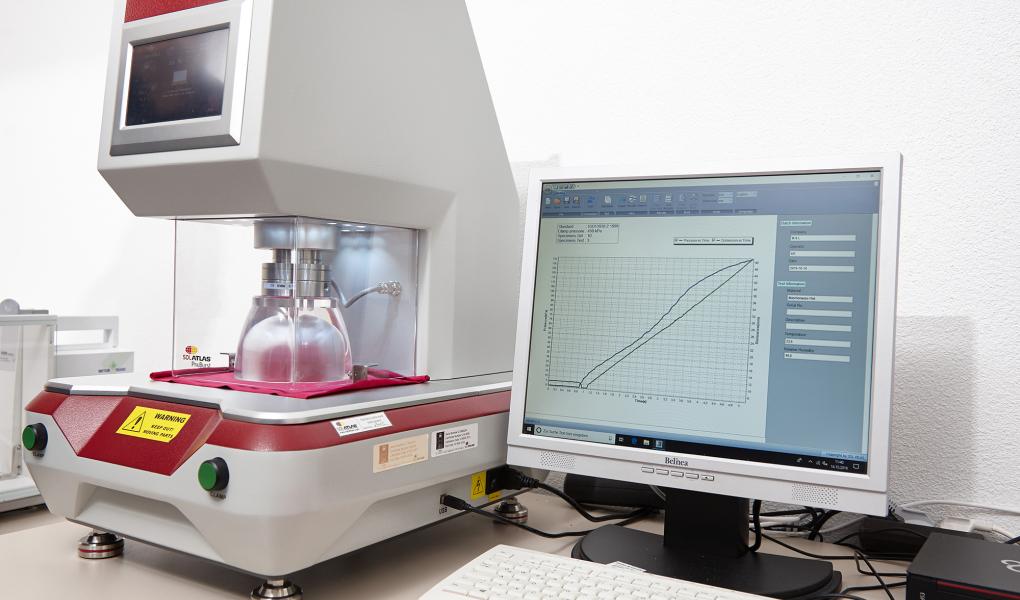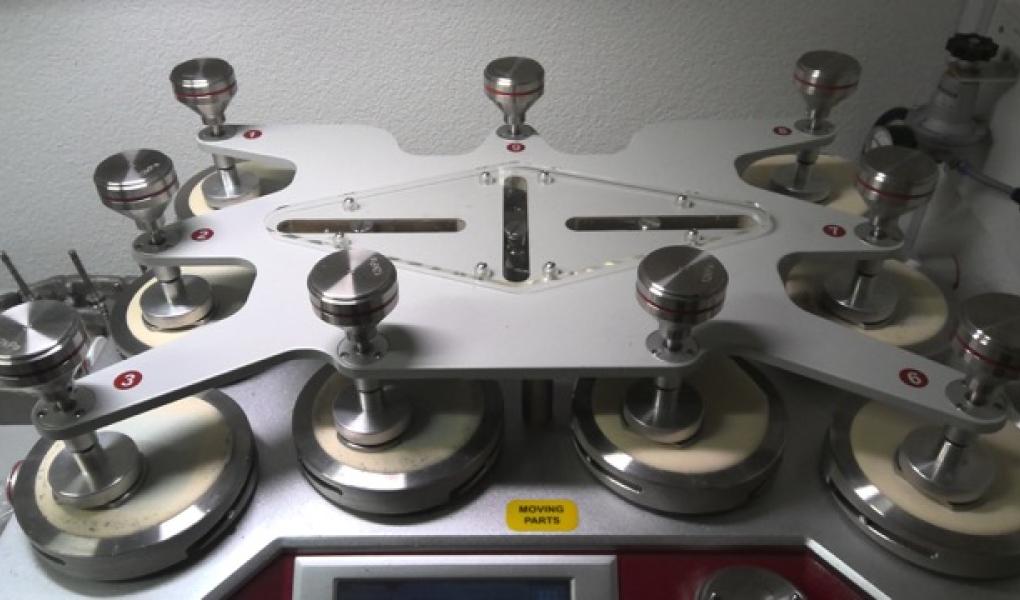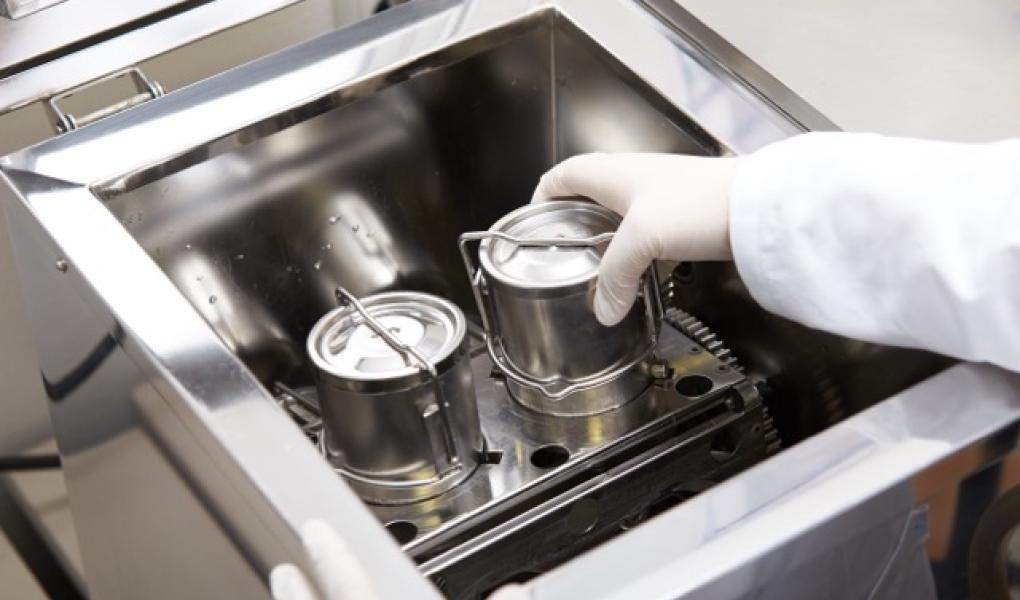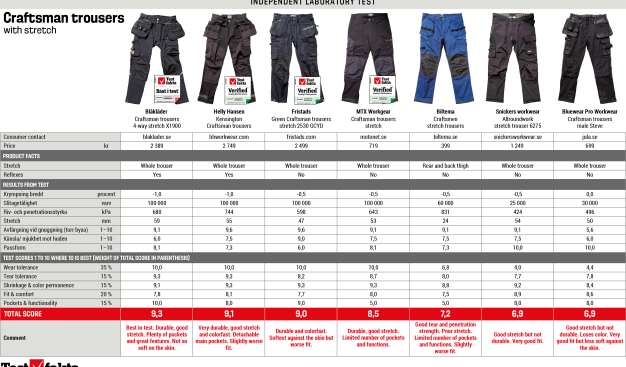The time of stiff work pants that could almost stand on their own is long gone. Nowadays, it's more the rule than the exception that the pants are soft and comfortable inside and made of stretch material that makes it easier to move without the pants feeling tight.
Regardless of ones preferred type of craftsmanship, fit and freedom of movement are important, and therefore a pair of comfortable and durable work pants is the craftsman's most important garment. They also need to be properly equipped for different types of jobs, for example, having several sturdy holders and pockets with durable zippers that can be securely closed. If you work outdoors, it's also an advantage if the pants are equipped with reflectors.
Feeling comfortable and stylish in what you wear is important too. For an active DIY enthusiast, it's not uncommon for a pair of comfortable work pants to become a favorite item of clothing that you're happy to wear even when going to the hardware store—or even the grocery store. So, work pants must live up to some tough demands.
[PDF]
In many countries, it is traditionally the employer who pays for work clothes, even if it is not always required by law. Then it is considered a benefit and is tax-free for the employee. However, if you're a DIY enthusiast, you must pay for the pants yourself.
The durability of work pants is influenced by several factors, including the choice of materials, construction, and reinforcements. How well work pants are cared for and maintained can also affect their durability. Washing them according to the manufacturer's instructions and avoiding strong chemicals and tumble drying can extend the life of the pants.
Testfakta has had the German textile laboratory Weber & Leucht test seven models of work pants. The laboratory tested, among other things, the material's resistance to wear by rubbing the pants against another fabric for up to 100,000 cycles or until the material of the pants no longer held together. The test result shows that there is a clear correlation between more expensive pants and high wear resistance. The three brands that receive the highest ratings, Blåkläder, Helly Hansen, and Fristads, all belong to the higher price range of over 200 Euro, and all lasted over 100,000 cycles without breaking.
The X1900 pants from Blåkläder receive the best rating overall and are a durable garment with a lot of stretch, a good fit for a comfortable feel, and plenty of pockets. However, the pants are perceived as rough against the skin. Softest of all is instead Fristads' work pants, which take third place, even though the panel feels that the fit is slightly worse there. Second place goes to Helly Hansen's pants, which also score full marks for wear and tear resistance and are very stretchy.
Even the newcomer MTX from Finnish Motonet receives good ratings for both wear and tear resistance and comfort, making it the best budget buy with its average price of 71 Euro. At the bottom, we find Snickers and Bluewear's models, which only withstand 25,000 and 30,000 cycles before breaking.
"We were surprised by the large differences in abrasion resistance between the different models," says Stephanie Leucht, test leader at Weber & Leucht.
"Work pants should have an abrasion resistance of at least 30,000 cycles, preferably more. This can be compared to a pair of everyday chinos-style pants, which should have an abrasion resistance of just over 20,000 cycles."
Both Snickers and Bluewear, however, receive high ratings for fit, something that raises the overall score. The models from Blåkläder, Helly Hansen, Fristads, and Snickers are available in several colors to choose from, while MTX, Biltema, and Bluewear only come in one color (blue or black).

